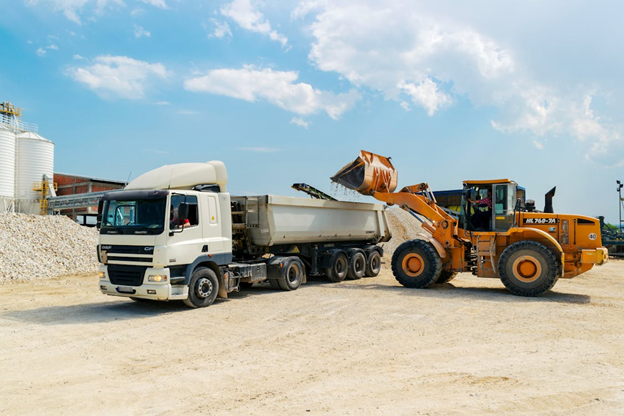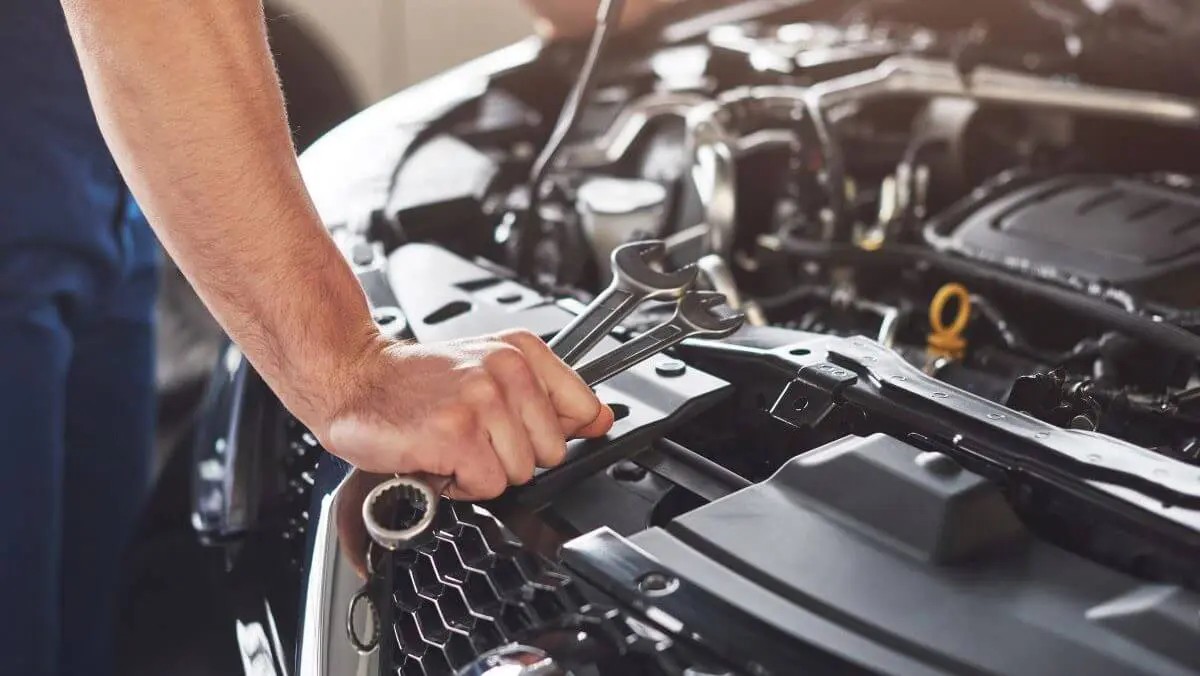At a glance
- Use advanced techniques like Weigh-in-Motion (WIM), Weighbridge Scales, or On-Board Weighing Systems for correct measurements.
- Regularly calibrate and verify truck scales to ensure accuracy and avoid fines.
- Position trucks correctly on scales.
- Distribute the load evenly to prevent instability and truck damage.
- Minimise environmental factors by weighing trucks in sheltered areas and in good weather.
- Partner with experts for optimised equipment and long-term reliability.
Weighing trucks might seem simple enough—just drive up, step on the scale, and get your reading.
However, even small mistakes in the process can have big consequences down the line.
Inaccurate measurements can result in hefty fines, safety risks, inefficient fuel usage, and even damage to roads or vehicles. And yet, so many businesses continue to make the same common mistakes over and over again.
But, with the right approach, you can make truck weighing quick, efficient, and, most importantly, accurate. Here are 6 of the best tips from the experts.
Choose the Right Weighing Techniques
For accurate results, use efficient truck weighing techniques that include advanced technologies and optimised processes. It provides precise weight measurements, reduces uneven loads, and streamlines workflows to increase overall productivity. And most importantly, no matter what method you pick, make sure to weigh trucks on a regular basis to stay compliant.
If your goal is to keep traffic moving, then Weigh-in-Motion (WIM) systems are your best bet. You can measure a truck’s weight while it’s in motion and minimise delays at weigh stations and checkpoints.
For durability and accuracy, there are Weighbridge Scales that measure the total weight of a truck using load cells.
Similarly, the Portable Truck Scale is a more flexible option for those who want to weigh the truck at various locations without the need for permanent installations. Alternatively, opt for On-Board Weighing Systems that use air suspension pressure and load cells if you want to get real-time data.
Regular Calibration and Verification
Regular calibration and verification are a must to keep your truck weighing accurately and efficiently. Calibration allows you to adjust the truck scale so that it matches the weight measurements with the certified standards. As a result, you’ll have correct readings that’ll prevent overweight fines, revenue loss, and even logistic delays.
Keep in mind that certified professionals should conduct the calibration using traceable weights. You may reach out to your local scale service companies for detailed information.
Additionally, verification processes like zero adjustments, load cell testing, and linearity checks help to spot any faults early and ensure consistent operation. Do not forget to regularly maintain your truck to get rid of build-up debris, rust, etc.
Position Truck Properly
When the truck is not positioned correctly during the measurement, it can skew weight readings. For example, in multi-platform scales, the steer axle should be positioned on platform one, the drive axle on platform two, and the trailer axle on platform three.
So, align the car properly during the weighing process to get the most accurate result. Place the trucks on a flat, level surface to avoid tilting, which can distort measurements.
Maintain Even Load Distribution
Uneven weight distribution can cause handling issues, increased risk of rollovers, and even lead to permanent damage to the truck’s frame or axles.
But you can avoid this by distributing weights evenly across axles.
For the optimal distribution:
- Place heavier items near the truck’s Centre of gravity.
- Secure loads properly to avoid shifting.
- Follow recommended weight distribution guidelines, such as allocating 42% of the weight on the front axle and 58% on the rear axle.
These strategies should prevent overloading, reduces wear on tyres, brakes, and suspension systems, and maintains vehicle stability during transport.
Minimise Environmental Factors
We all know that environmental factors like wind, vibrations, snow, rain, or sudden temperature changes can throw off weighing systems. To ensure you’re getting the most accurate results, try to install your truck scales in a stable, sheltered area, away from the sun. Also, when possible, weigh your trucks on days with good weather to reduce any interference from the environment.
Partner with Experts
Lastly, partnering with truck weighing experts can really boost your performance. They’ll guide you in choosing the right equipment, ensuring proper installation, and recommending the best techniques to optimise your system. Plus, you can also gain insights into the high-quality components suited to specific applications, such as advanced load cells and controllers, with enhanced precision.




